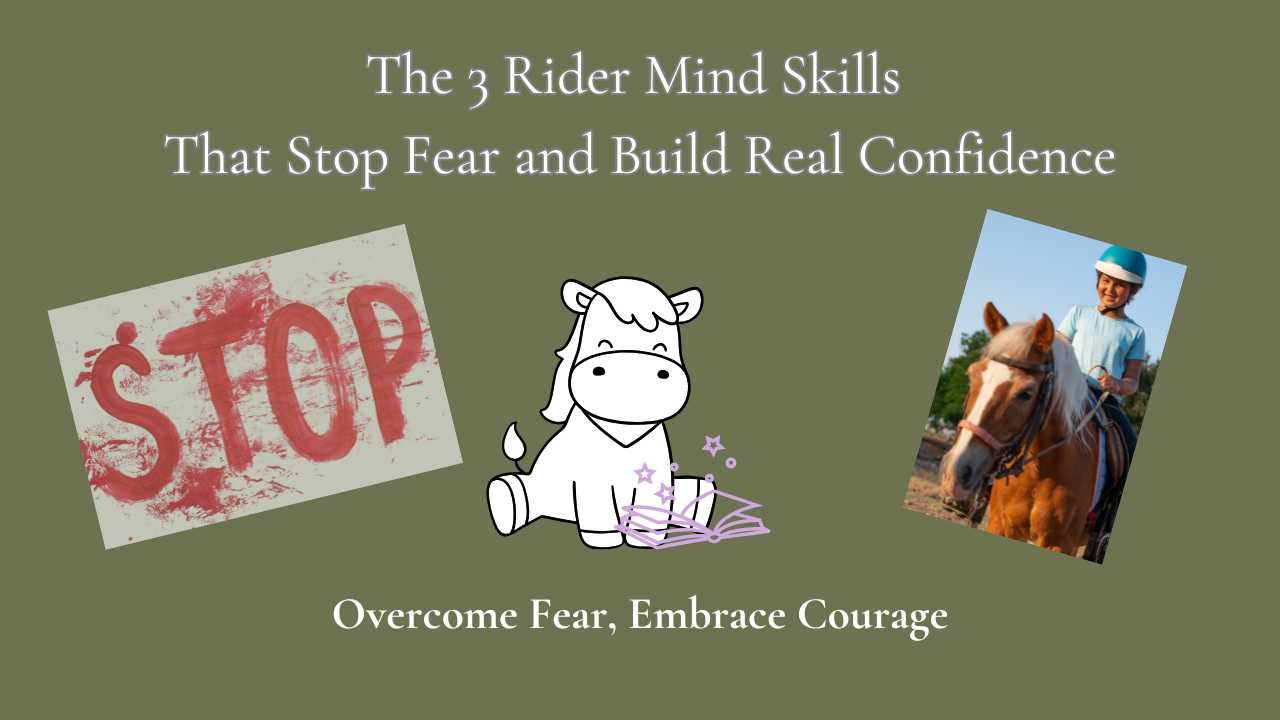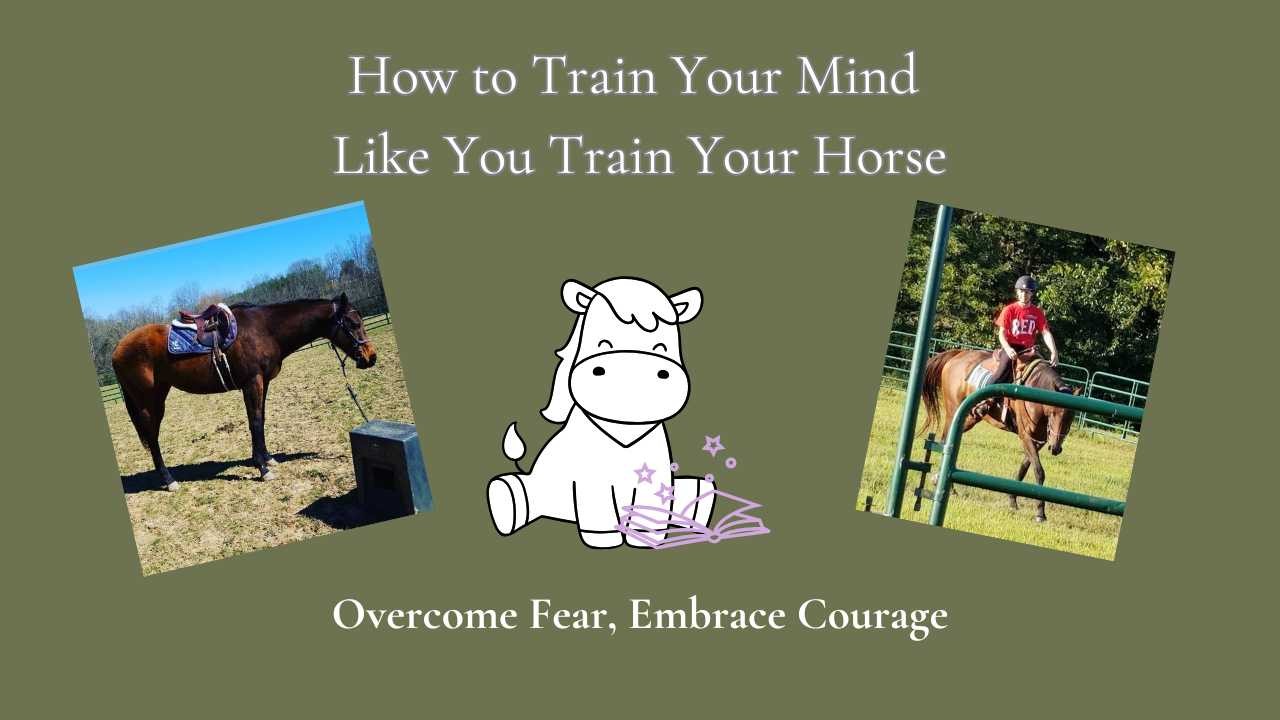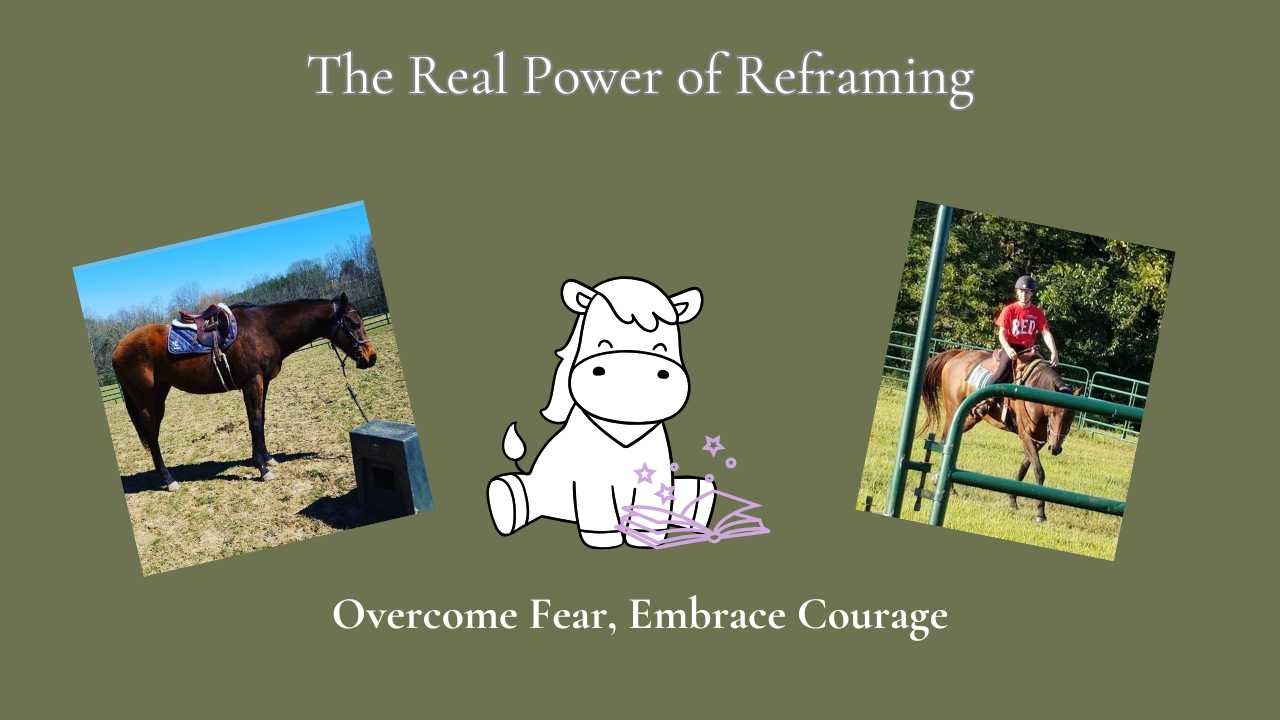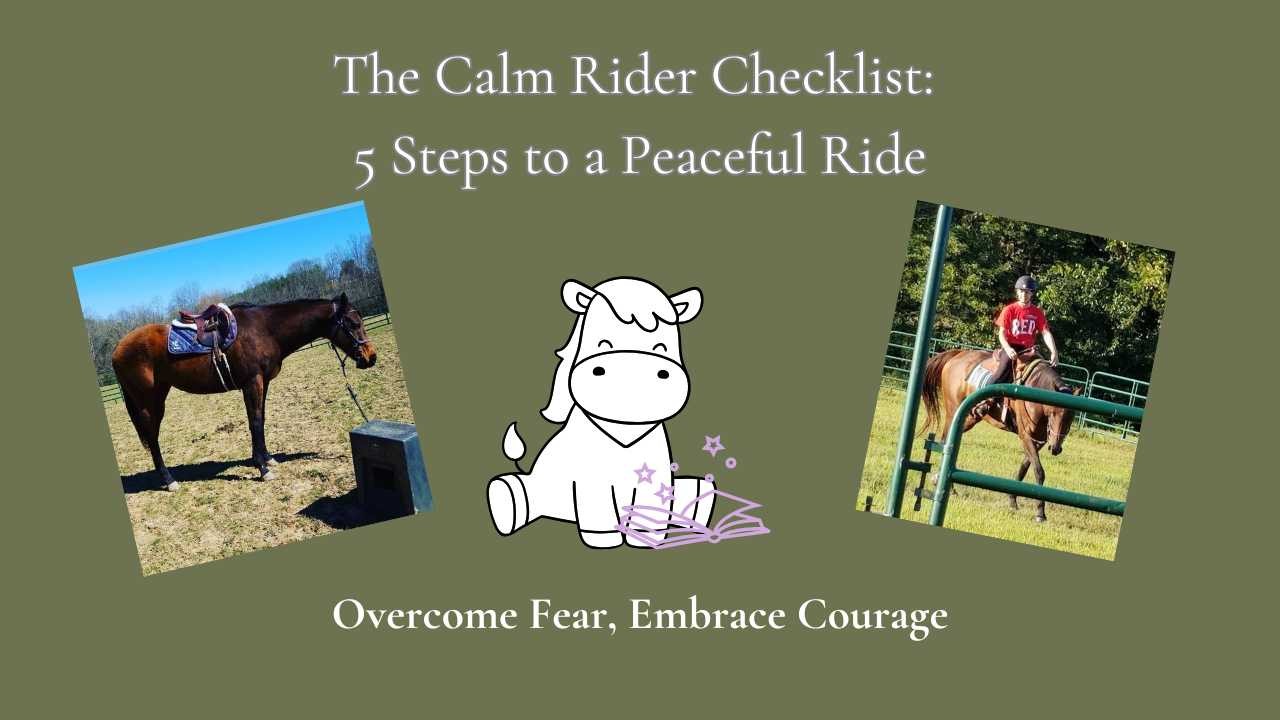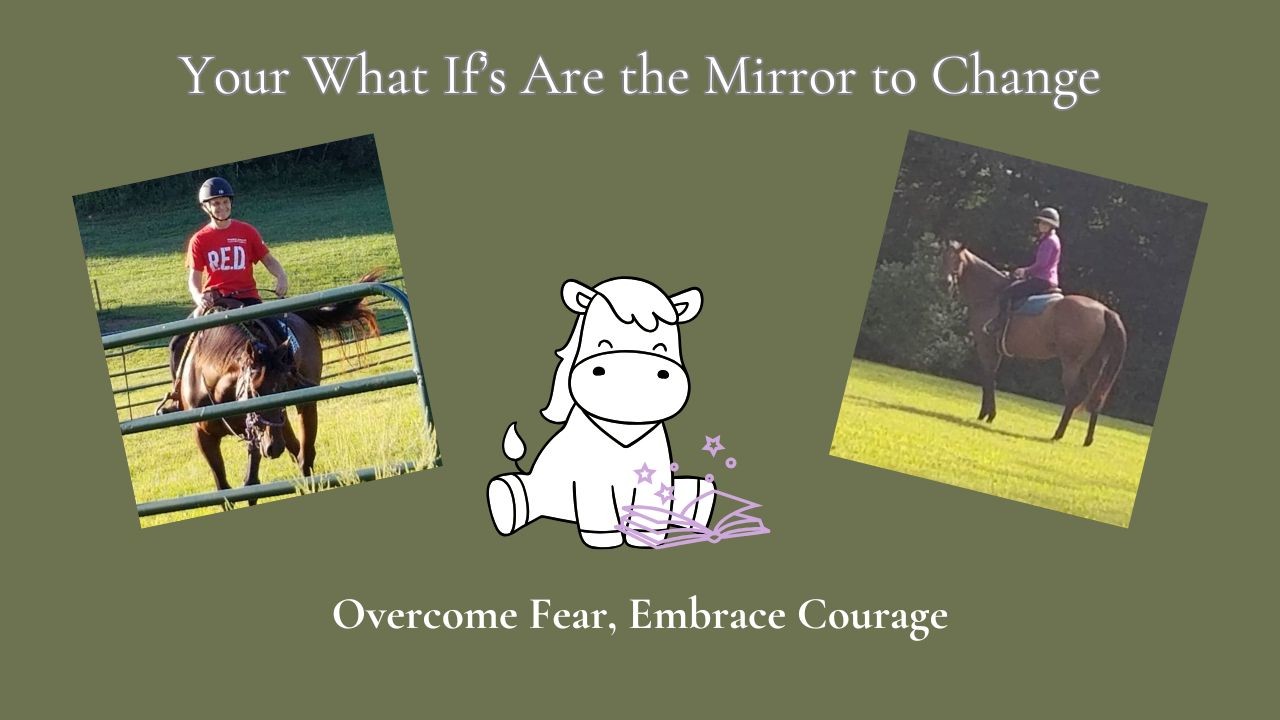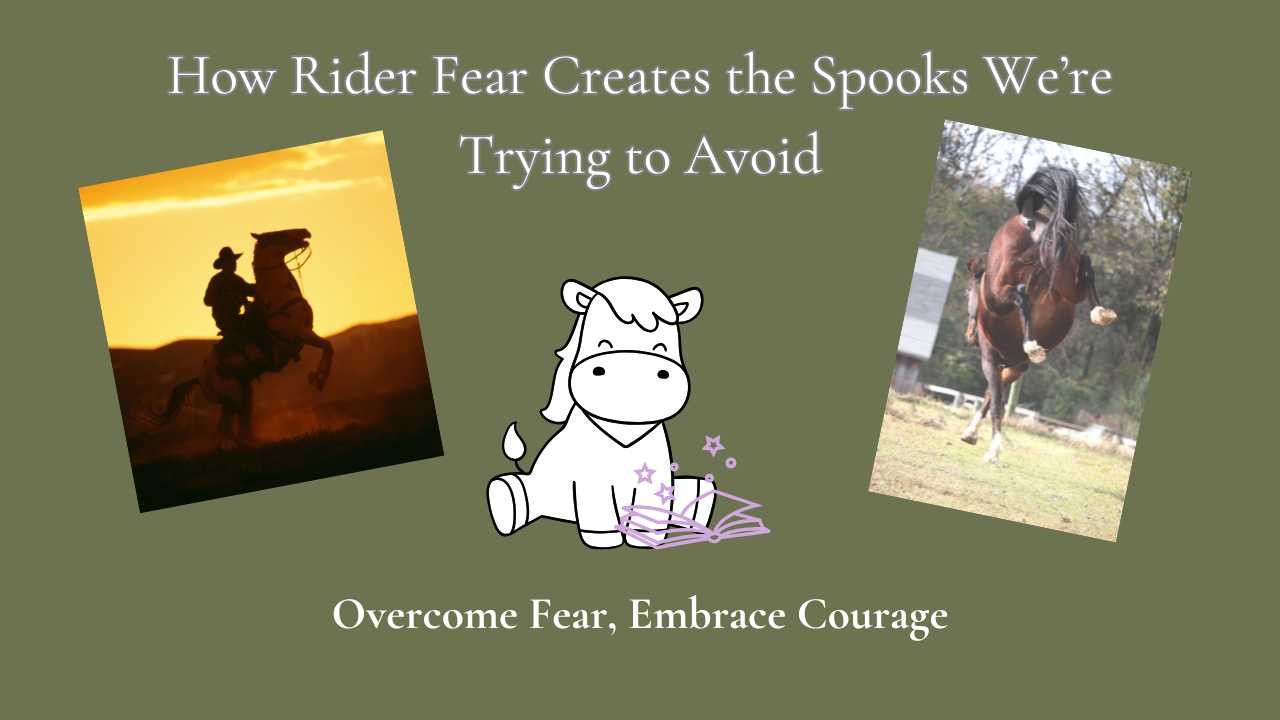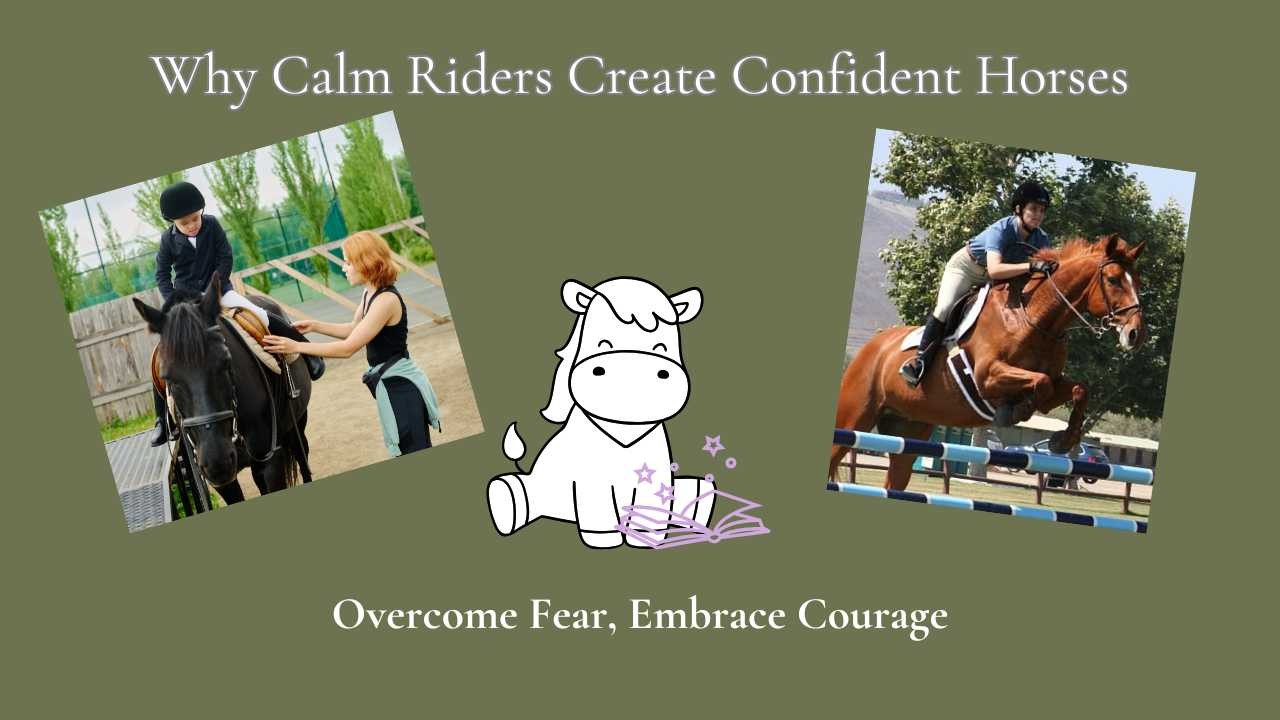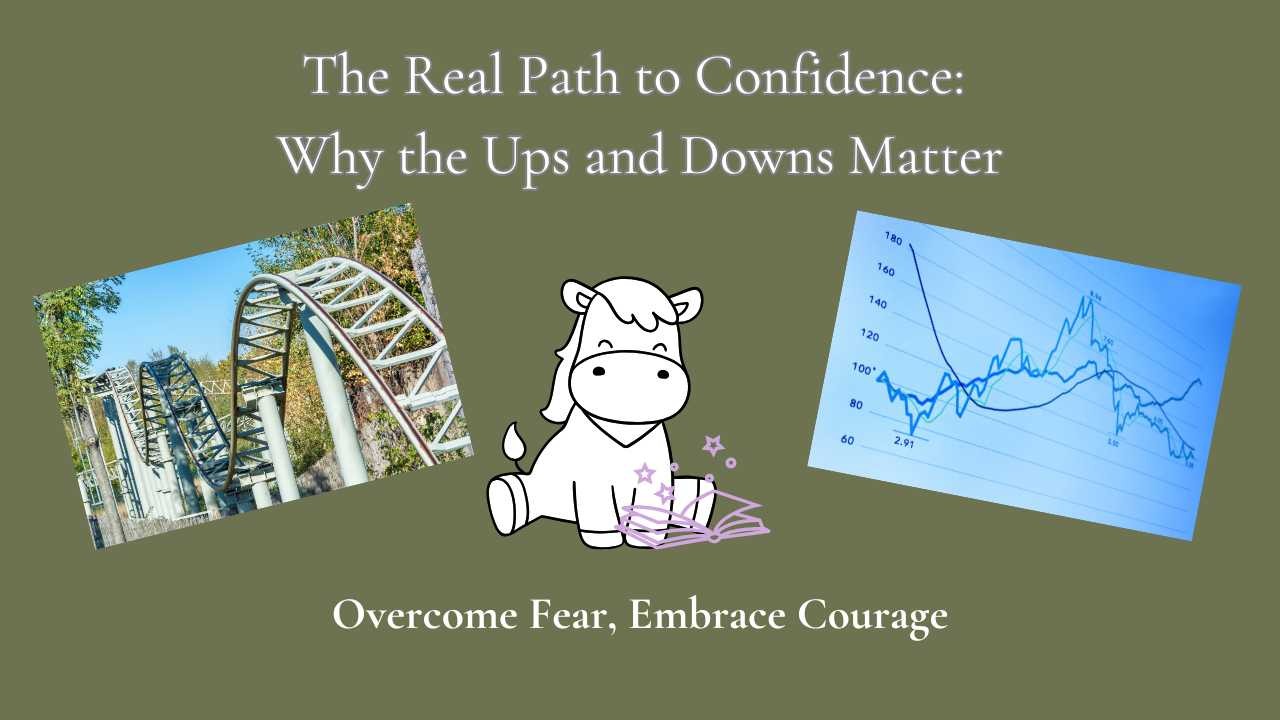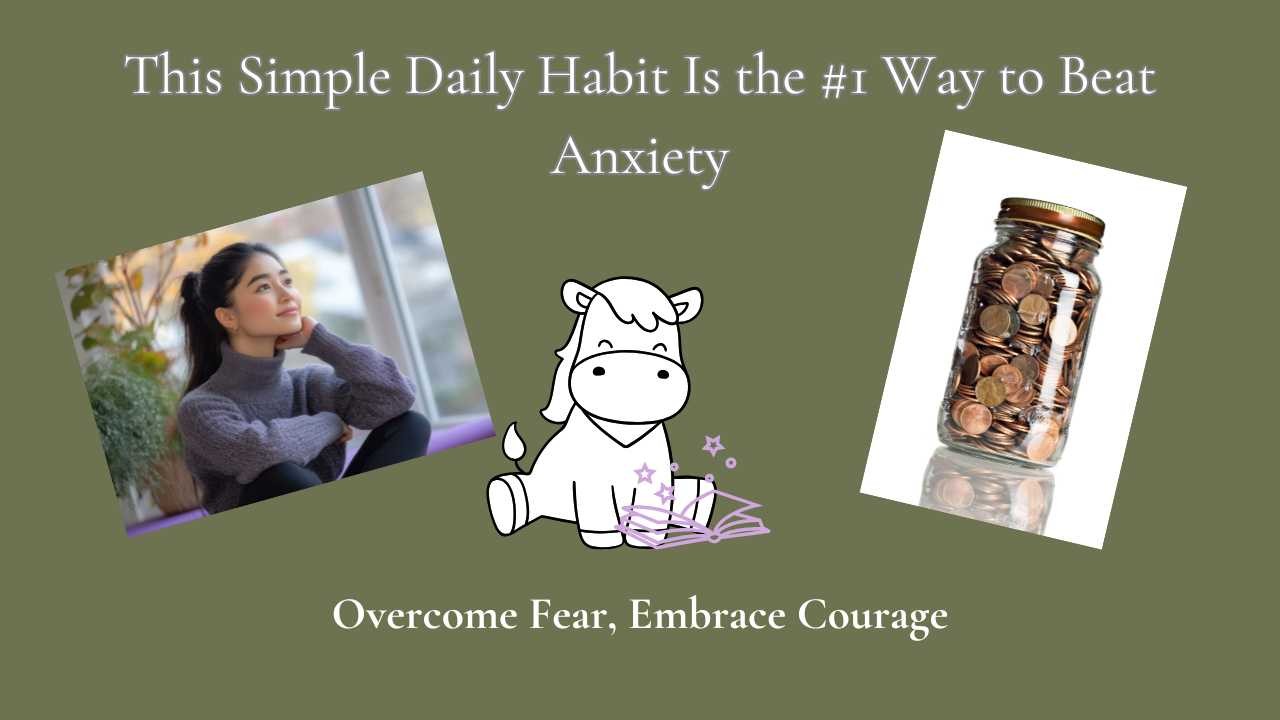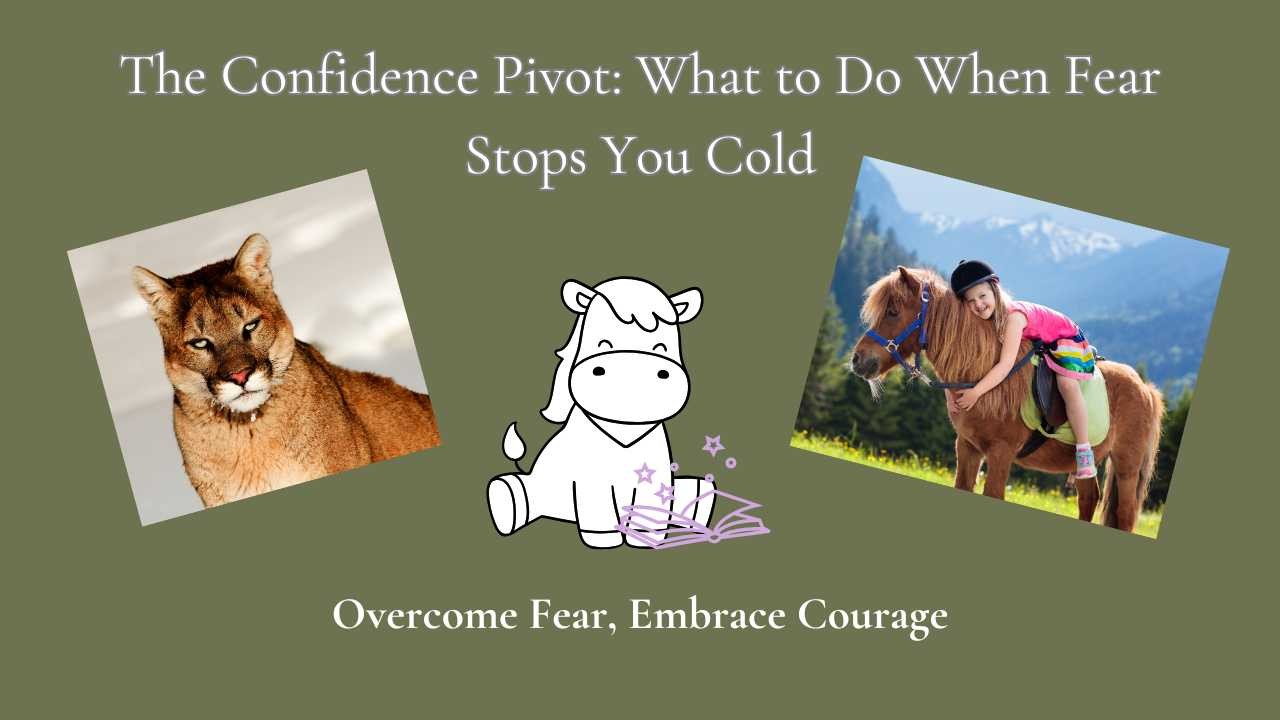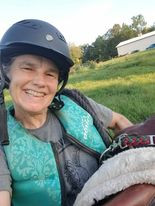
After my accident, I unknowingly spent 20 years living in my own comfort zone. During this time, I avoided trail riding and hacking out with my horses, things I once loved. When I did the math, it shocked me—those 20 years equaled 7,300 opportunities I missed to trail ride. We all have that line, the edge that we struggle to cross, maybe it is mounting, trail riding, cantering, or even in some cases, leading your horse. There is a point, the edge of the comfort zone, that we go from confidence to anxiety or even fear.
Think of your home. It’s your sanctuary, a place where you feel safe and protected from the chaos of the world. Your home is where you rest, recharge, and feel secure. In many ways, your comfort zone is like a subconscious "home" you create for yourself. It’s the mental space where you feel emotionally and physically safe, free from risk, uncertainty, and fear. But just like any home, staying within your comfort zone can eventually limit your experiences and growth.
Our comfort zones are designed to keep us safe from perceived threats—whether emotional, physical, or psychological. They offer a sense of security and stability, much like the four walls of a home. However, staying in that bubble for too long can prevent us from venturing out into the world. It can keep us from embracing new opportunities, trying new things, and facing our fears. There isn't anything wrong with this and each person has to decide if and when they cross the edge of their comfort zone.
The problem with living in a constant state of safety is that life outside the comfort zone is where growth happens. It’s in those moments of discomfort—when we step outside our bubble—that we learn, build resilience, and discover new strengths.
When I finally realized how much time I had lost to fear, I knew I had to push myself beyond the bubble. It wasn’t easy, but every step outside of my comfort zone brought me closer to rediscovering the joy of riding and living fully.
If you’re stuck in your own comfort zone, it’s time to start earning those Courage Pennies. The first step is always the hardest, but with each small victory, you’ll feel more empowered. To help you get started on your journey, I’m offering a free eBook, The Ultimate Guide to Courage Pennies. Inside, you’ll find simple yet powerful steps to help you build courage and move beyond your comfort zone.
Don’t wait another 7,300 opportunities. Take the first step toward living a fuller, braver life today.

Sitting in the warmup ring on my cute gray thoroughbred mare, tears streaming down my face, realizing that once again, I did not have the confidence to ride her through her attitude. I got off and handed her to the teenager to get on and work her through her attitude. What did this young lady have that I didn't have? Confidence. She was half my age, had far less riding experience than I did and yet, here I was, sitting on the sidelines while she "fixed" my horse. We all have those moments when our anxiety and fear get the best of us.
How can we build up our confidence so that we are not the ones sitting on the sidelines?
First, soak up moments of courage outside of riding. The more confidence and courage you have in anything, the more you have in riding. Look for little areas in life where you did something you didn't "FEEL" like doing. You took the courage to do it. For me, going to the dentist is huge. I have built up so much confidence, I now sleep at the dentist. Are there areas in your life outside of riding that you need a bit of courage. Weight loss? Getting healthy? Going to the dentist? Soak up the courage pennies when you have those moments.
Second, while riding, practice getting a little anxious and then coming back to calm. For me, the trigger is the horse lifting their head. I can focus on feeling that anxiety when my horse lifts their head and then feel that go through me and out my fingers and toes. Filling myself back up with calm. As I come back to calm, it feels rewarding and the more I do it, the easier it becomes.
Third, focus on where you are going and what you are doing. Keep the focus on the ride. Shush the what if and monkey chatter and come back to focus. We all have that background talk that can escalate our anxiety, but we also have the ability to move past that and focus in the moment.
Building confidence is a process, but it starts with one small step. Whether you're struggling with riding, facing a personal fear, or just trying to boost your everyday courage, every "courage penny" you earn counts. To help you start building your confidence, download my free eBook, The Ultimate Guide to Courage Pennies. Inside, you’ll find practical steps to help you face fear and build a more confident, courageous mindset—both in and out of the saddle.
Start today. You’ve got this.
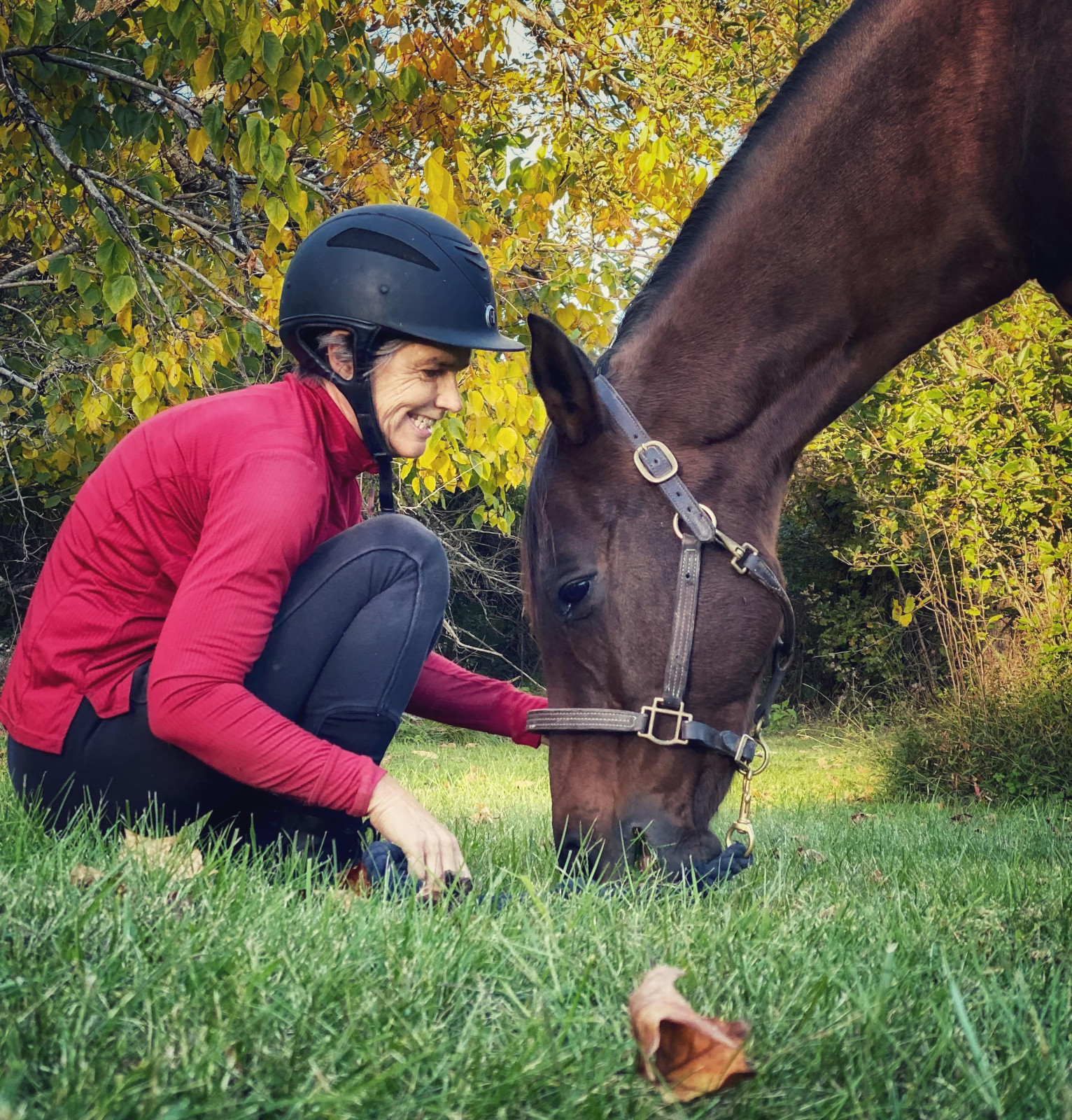
I was in the middle of a figure eight when I stopped, right there where the two circles join. The feelings of anxiety, work, chores, overwhelm all piled up on me at once. When I got on my horse, I had 10 things all lined up to work on. Backing, moving the shoulders right and left, moving the haunches right and left, etc. Just writing this, I can feel my stress rising and those feelings of overwhelm creeping in. Like many of you, we focus on all the "DOING" that we think needs to be completed to move on to the next steps.
As I stopped, right there in the middle of the figure eight, I felt the "PAUSE". I felt it through me, through my horse, all the tension drained away into the ground. We both took some deep breaths together and just leaned into each other, feeling our feelings. I know this sounds a little nuts, but it was very powerful. The power in this pause lasted for a few minutes. There was no rush to carry on with the figure eight. There was no rush to continue with all the things on my list. There was just the two of us, in that moment, enjoying being together.
How long has it been since you really took a pause? A pause in your daily life? A pause with your horse? A pause with your family?
I encourage you to take some time and set down the RUSH, set down the "TO DO LIST", set down all the electronics, and just lean into the PAUSE. Feel the power.
I challenge you the next time you ride your horse, build in the pauses to just enjoy each other, in those moments of pause. Feel how you are feeling. Feel how your horse is feeling and fill both of you up with a few moments of "BEING" together.
I talk a little more about this in my latest "Turn Riding Fear Around" Podcast, Episode
33: The Power of Standing Still for our MIND.
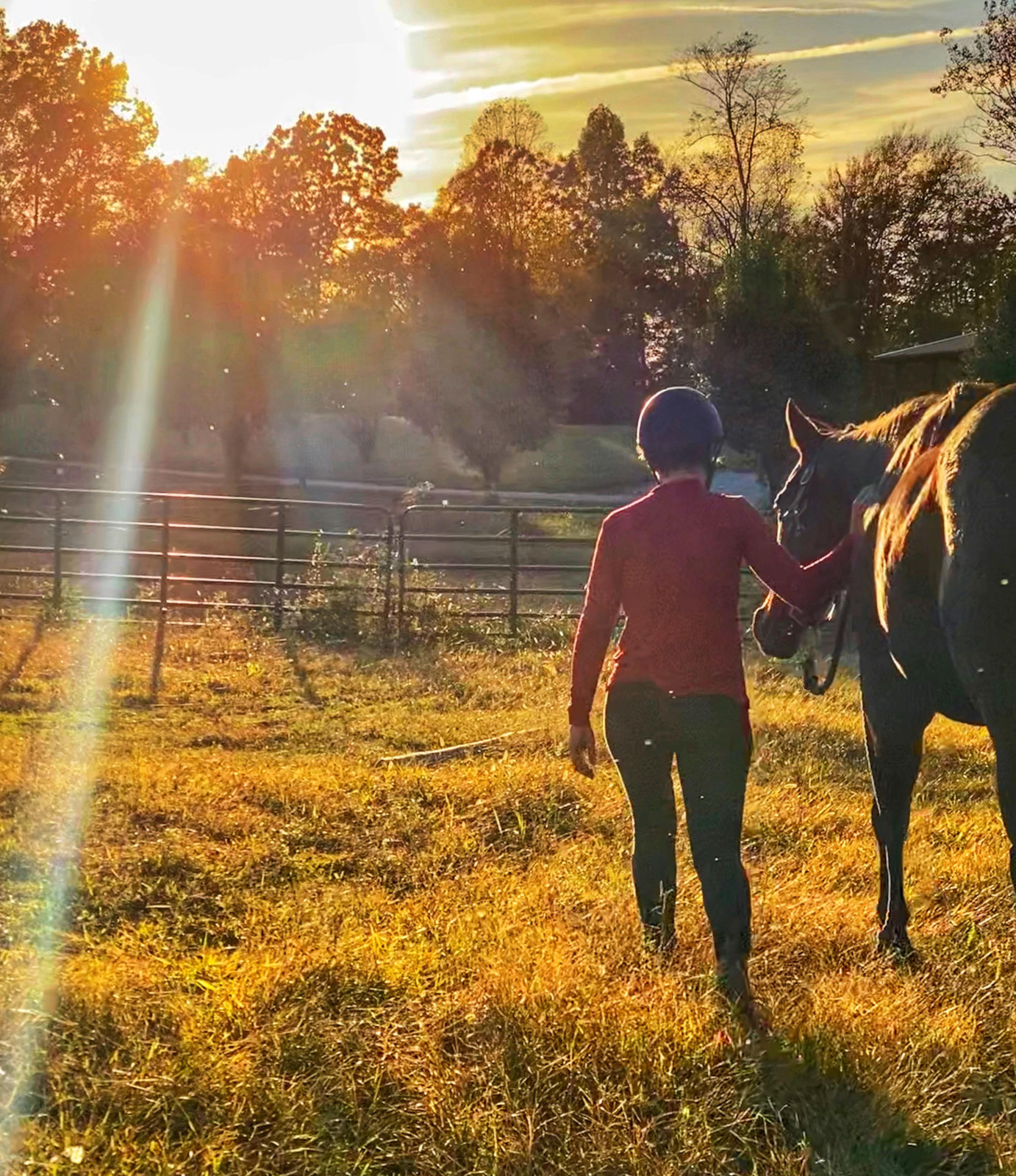
Courage isn't the absence of fear; it's the ability to act in spite of it. Yet, for many, the journey toward courage is riddled with obstacles and doubts that can feel insurmountable. Whether it's the nagging voice of self-doubt, the excuses that we make up not to ride, or the relentless pursuit of being perfect, these hurdles can dim the light of bravery within us. However, with mindful awareness and intentional action, it's possible to navigate through these challenges and emerge stronger and more resilient than ever.
Self-doubt often whispers (or yells) destructive thoughts that undermine our confidence and capabilities. It's the voice that tells us we're not good enough, smart enough, or we're going to get hurt or worse. To combat self-doubt, it's crucial to challenge these negative beliefs with evidence of past successes and affirmations of our strengths and talents. We are good riders. By reframing our self-talk and acknowledging our strengths and achievements, we can gradually dismantle the barriers erected by self-doubt and step into our power with confidence.
The first step is to write down, the whispers that you hear all the time. The ones that have you making up excuses. Once you have a list - write down the good thoughts that it could be.
Here are a few: I might get hurt = I might enjoy my ride; I might fall off = I am a good rider; My horse might buck/rear/bolt = I am now prepared to know when my horse is ready to ride. Practice the ones on the right, as often as you can until they become the primary whispers.
Second step is to look back at all the wonderful rides you have had. Soak those up. Spend time in those memories. If a negative memory pops in, say "thank you" and let it go. Picture setting it free to float off on it's own until it gets smaller and smaller and is out of sight. Then think of 10 more wonderful rides to replace that one memory. Spend time in the memories of wonderful rides.
In essence, overcoming obstacles and doubts on the path to courage requires a combination of self-awareness, self-compassion, and intentional action. By challenging negative beliefs, reframing failure, and embracing vulnerability, we can unleash our inner courage and navigate challenges with resilience and grace. So, let us embark on this journey to enjoy riding our horses together and let courage fill us up!
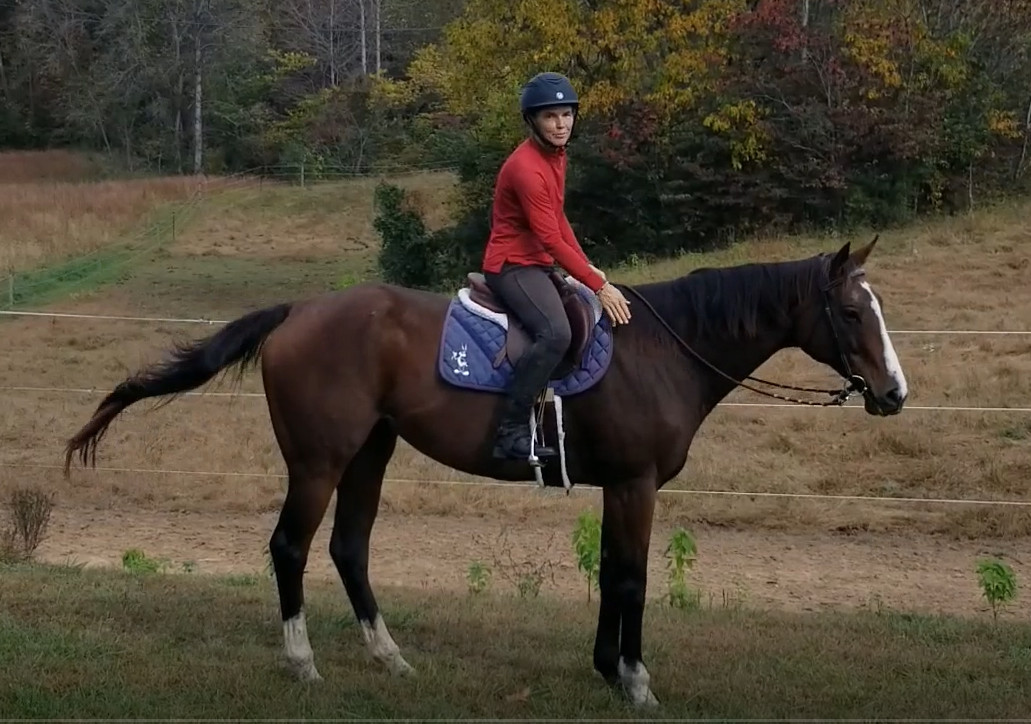
Riding through life's challenges can be as daunting as riding horses. I lost my joy riding when fear took over after an accident. I was still riding but I wasn't riding with confidence and at the smallest blip, I got off. I had lost the joy of riding and was focused on not being afraid.
Here are 6 ways to start to regain your confidence:
1. Acknowledge Your Fears:
The first step is acknowledging your fears. Like many riders, we have faced moments of doubt or anxiety. Recognizing these fears is not a sign of weakness but a courageous acknowledgment that helps us heal. It honors the fear and let's it know we hear it. Feel the fear but know it is just trying to keep you safe, even if you aren't in danger.
2. Set Realistic Goals:
Start small and set achievable goals. Whether it's mastering a certain riding technique, conquering a specific fear trigger, or simply spending more quality time with your horse, setting realistic goals helps build confidence incrementally. Soak up that confidence every chance you get, it builds a strong foundation of courage.
3. Embrace Mindfulness:
Mindfulness is a powerful tool for overcoming fear. Practice being present in the moment, tuning into the rhythm of her horse's movement, and cultivating a sense of calm. Mindfulness not only enhances the riding experience but also nurtures confidence from within. By staying connected and mindful, you will be able to notice little changes in your horse and take action before it is too late and they blow up. I put together a short video on how I use mindfulness while riding if you would like to check it out here: Watch Video
4. Seek Expert Guidance:
Even top competitors seek guidance from other riders or professionals. Engaging in lessons or clinics provides a structured environment for learning and gaining valuable insights. A supportive mentor can offer tailored advice, boosting both skill and confidence. Tell them about your fears and let them know how they can support you and help you. For me, "just go do it" didn't work and letting them know that I wanted them to give me time really helped them help me.
5. Create a Support System:
Building a supportive community can make a significant difference. We can connect with fellow riders who understand our journey, share experiences, and offer encouragement. A strong support system provides a safety net as we gradually regain our confidence. (Here is the link to my support group!)
6. Reflect and Celebrate Progress:
It's essential to reflect on our progress regularly, riding or anytime we are overcoming anxiety. Celebrate small victories, whether it's a successful mounting or a calm canter. Acknowledging progress reinforces a positive mindset and bolsters confidence for the next challenge.
Regaining confidence in riding is a process of self-discovery and the unwavering belief that we can reclaim our joy in the saddle.
If you enjoyed these, you will enjoy my complimentary ebook, The Ultimate Guide to Courage Pennies, which helps you build confidence every day and fill up your courage so you are ready for anything, riding or just in life.


